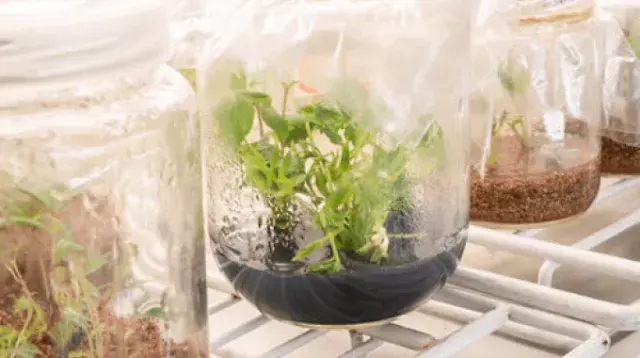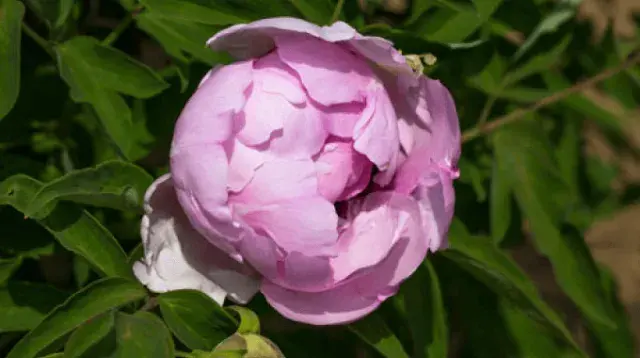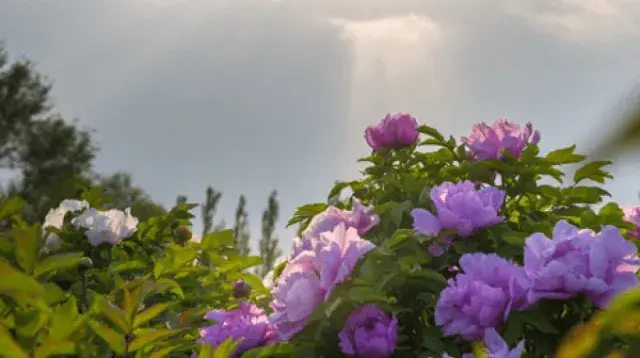Wild peonies, waking up seeds in deep sleep
Multiplying wild Peonies by waking their seeds
The queen is dying in the kingdom of peonies
In China, one flower has become a symbol beyond all others and won all hearts. It is the famous peony. For centuries, it has offered the country way more than mere beauty: it has offered help. Peonies, across their many species, have medicinal benefits which have become central in traditional Chinese medicine.
Unfortunately, several wild species are in danger. The data shows that peonies which are not cultivated are fewer and fewer each year. It is estimated that there are only 500 specimens of Paeonia sterniana left in the only region this species grows in, Tibet!
As it's high time to protect it in order to prevent it from becoming another addition to the list of endangered species, Klorane Botanical Foundation has chosen to help a team already actively engaged in its protection, namely: the Institute of Botany of the Chinese Academy of Sciences, in Pekin.
Culture and selection for propagation
With this knowledge in hand, it becomes possible to imagine a world where the rates of wild peonies would be back to normal. The idea behind this is to get ready to grow and multiply the sterniana species.

To do so, we will have to find the right in vitro method to repopulate fields and meadows with the flowers.
Along with the study on dormancy, the researchers are leading a second study: they are taking a closer look at a species that has already been domesticated, Paeonia lactiflora.
They are studying several in vitro multiplication methods around the stems and the buds for a successful propagation in the wild after proper adjustment. This study will make it possible to select the best method or methods for Paeonia sterniana.

Paeonia sterniana H.R. Fletcher
Family : Paeoniaceae
This wild peony is a herbaceous perennial plant. It is mostly found in Tibet and produces white flowers, sometimes pink ones. Its famous dormant seeds are blue!

Peony is a symbol of China
There is more than one legend around this flower, one of them being that some species could be sold for several pounds of gold under Emperor Yang-Ti. The flower is a symbol of honour and wealth but it is more practically acclaimed for its medicinal virtues, more precisely the antibacterial, anti-inflammatory and soothing properties of its roots.
Protecting a flower means protecting biodiversity overall
Why put all these efforts into a tiny flower you might ask? Well, because plant species are on the decline all over the world, and things are going fast. If we wish to maintain the biodiversity that not only our cultures rely on, but also the survival of our species and the animal species, every single gesture counts. It's only by preserving each species one by one that we can hope to preserve them all.
